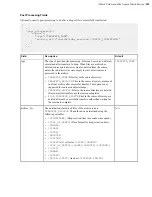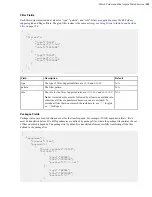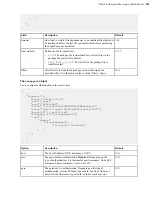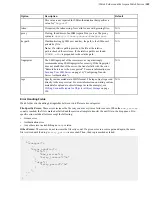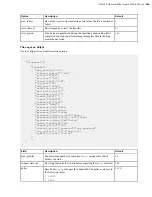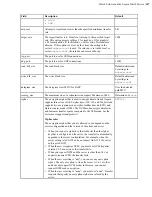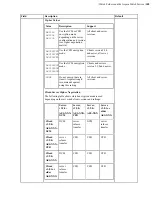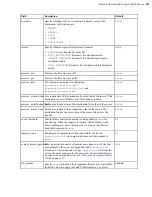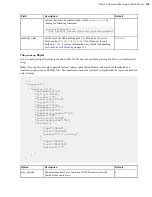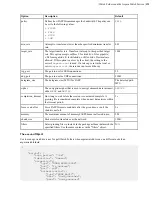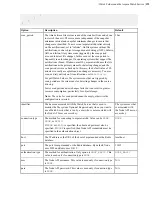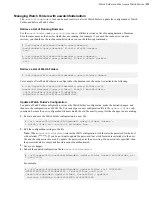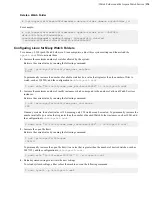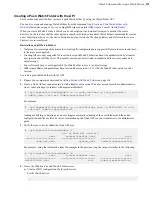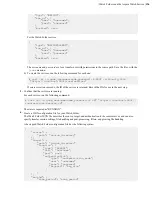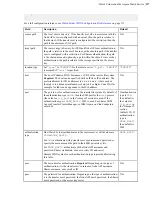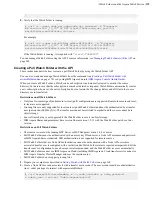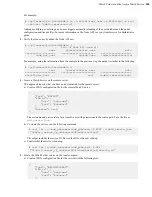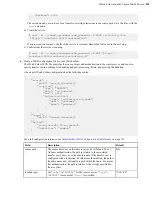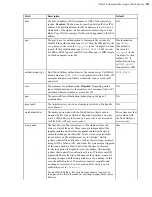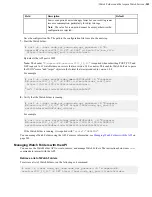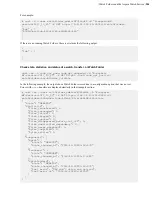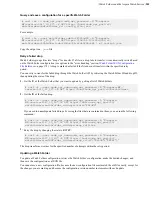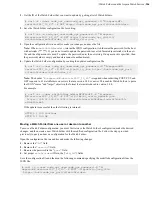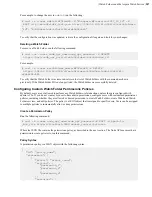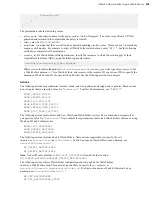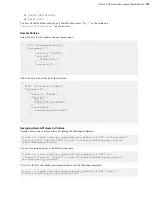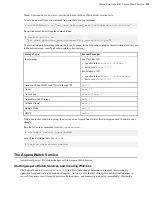
| Watch Folders and the Aspera Watch Service |
196
"type": "WATCHD",
"run_as": {
"user": "
username
",
"pass": "
password
"
},
"enabled": true
}
For the Watch Folder service:
{
"type": "WATCHFOLDERD",
"run_as": {
"user": "
username
",
"pass": "
password
"
},
"enabled": true
}
The
username
and
password
are for a transfer user with permissions to the source path. Save the files, with the
.json
extension.
b) To create the services, run the following command for each one:
# curl -ki -u
node_username
:
node_password
-X POST -d @
config_file
"https://localhost:9092/rund/services"
If service creation succeeds, the ID of the service is returned. Record the IDs for use in the next step.
5.
Confirm that the services are running.
For each service, run the following command:
# curl -ki -u
node_username
:
node_password
-X GET "https://localhost:9092/
rund/services/
service_id
"
The state is reported as "RUNNING".
6.
Create a JSON configuration file for your Watch Folder.
The Watch Folder JSON file describes the source, target, and authentication to the remote server, and can also
specify transfer session settings, file handling and post-processing, filters, and growing file handling.
A basic push Watch Folder configuration file has the following syntax:
{
"source": {
"path": "
source_directory
"
},
"target": {
"path": "
target_directory
",
"location": {
"type": "REMOTE",
"host": "
hostname
",
"port":
port
,
"authentication": {
"type": "
authentication_mode
",
"user": "
username
",
"pass": "
password
"
"keypath": "
key_file
"
}
}
},
"watchd": {
"scan_period": "
scan_period
"

